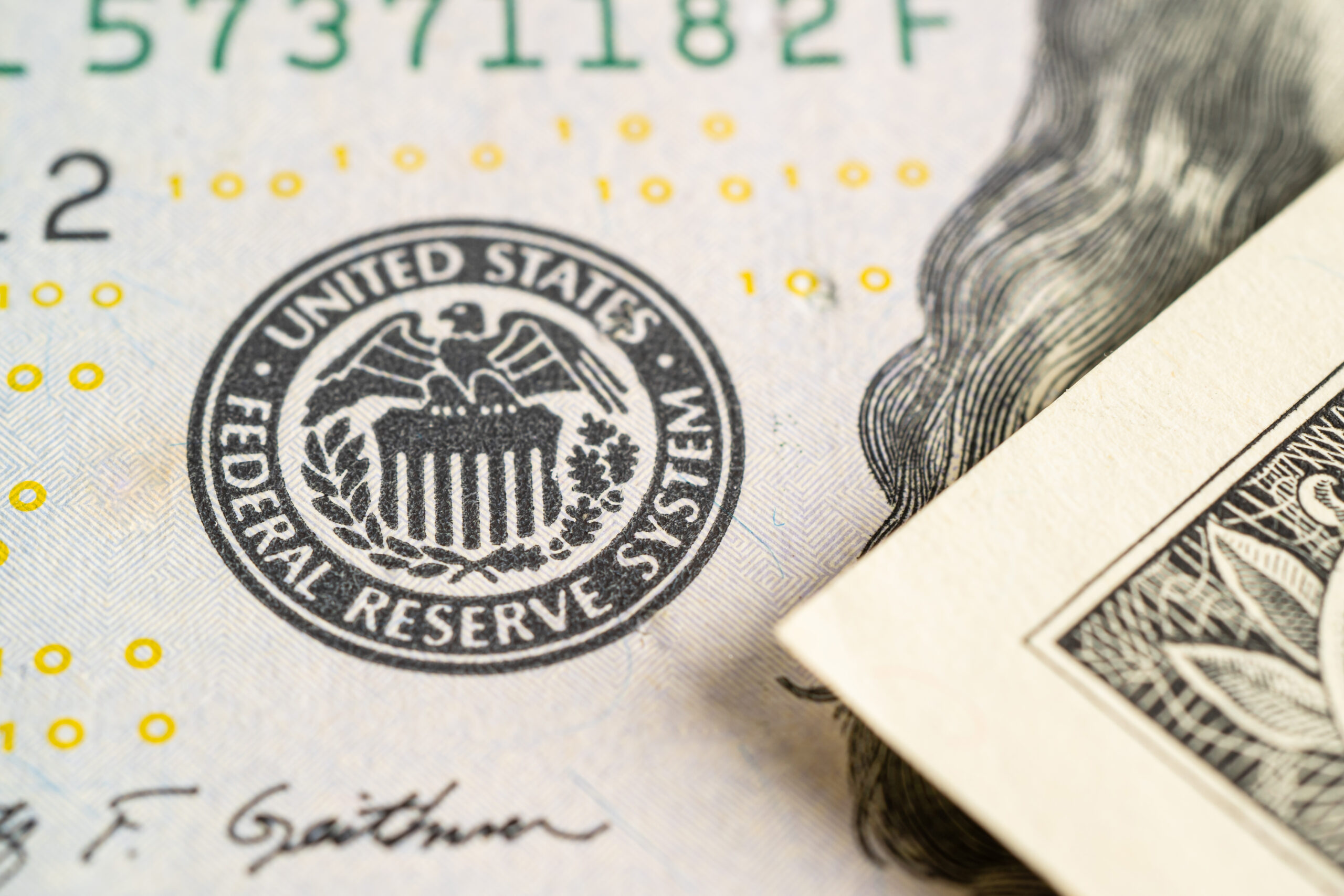Understanding the Federal Reserve’s role is pivotal for anyone involved in the financial markets. It plays a key role in the economy, especially when it comes to capital lending. While interest rates are the most common tool it uses, its decisions have wide-ranging implications for borrowers and lenders alike.
Economic Theories and Principles at Play
From a theoretical standpoint, the Federal Reserve utilizes monetary policy to control the money supply and interest rates. The underlying principle is that changes in interest rates can influence economic activity. According to Keynesian economics, reducing interest rates should stimulate consumption and investment, leading to economic growth.
The Impact on Variable and Fixed-rate Loans
When the Federal Reserve changes interest rates, the effects are almost immediately felt on variable-rate loans. Typically within one or two billing cycles, borrowers can see higher rates. This is particularly evident in credit cards, where the average interest rate has soared to record highs throughout 2023. Fixed-rate loans, however, remain unaffected when the Fed raises rates.
Banks’ Response to Rate Changes
“Borrowing costs tend to increase first after a Fed rate hike,” as Liz Ewing, CFO of Marcus by Goldman Sachs, pointed out. Each bank has the discretion to adjust its interest rates in response to Fed’s rate announcements, often leading to a shift in capital lending dynamics.
Mortgage Rates and Macroeconomic Forces
Mortgage rates generally follow the Fed but can become disjointed quickly. They primarily track the 10-year Treasury yield, which itself is influenced by macroeconomic factors such as inflation and investor sentiment. For instance, when inflation soared past 4 percent last October, the 30-year fixed-rate mortgage spiked to a 20-year high of 7.12 percent. However, rates can also fall if investors see economic contraction on the horizon, regardless of what the Federal Reserve does.
Higher Rates and Credit Approval
As interest rates increase, obtaining credit becomes not just more expensive but also more difficult. According to a New York Fed report, application rates for new credit have seen a significant decline, and rejection rates have surged, particularly for individuals with credit scores below 680. Essentially, in a rising-rate environment, lenders become increasingly risk-averse.
Risk and Borrowing Costs
Financial firms perceive a higher risk of default as monthly payments become costlier. For example, a $500,000 mortgage cost $2,089 per month when rates were at 2.93 percent. That monthly cost jumps to $3,350 when rates hit 7.07 percent.
Impact on Savings Accounts and CDs
While borrowing becomes costlier, higher interest rates are a silver lining for savers. Traditional banks gradually increase yields on savings accounts and Certificates of Deposit (CDs) to attract more deposits. The rates offered by online banks are often even higher due to lower overhead costs.
Stock Market Influence
Higher rates generally impact the stock market adversely as they drain liquidity, leading to increased market volatility. Despite this, the S&P 500 has shown resilience, suggesting that investors are optimistic about the U.S. economy’s ability to withstand higher rates.
Conclusion
The Federal Reserve’s influence on capital lending is multi-dimensional. It not only affects the interest rates that consumers see on their loans and credit cards but also impacts the broader economy, including mortgage rates and even the stock market. The key takeaway for consumers and financial institutions like Federal Capital Group is to understand these dynamics to better navigate the financial landscape.
As interest rates rise, lenders and borrowers need to reassess their strategies. The ability to accurately predict the Federal Reserve’s actions can provide a competitive edge, whether you’re saving, investing, or borrowing.
By understanding the broader economic context, one can make more informed financial decisions, whether it’s locking in a long-term CD, reassessing investment portfolios, or simply deciding to borrow or save.
The Federal Reserve’s actions are like ripples in a pond; they spread out, affecting various aspects of the economy and personal finance. By keeping an eye on these ripples, we can better prepare for the waves that follow.
For more information please (click here)





